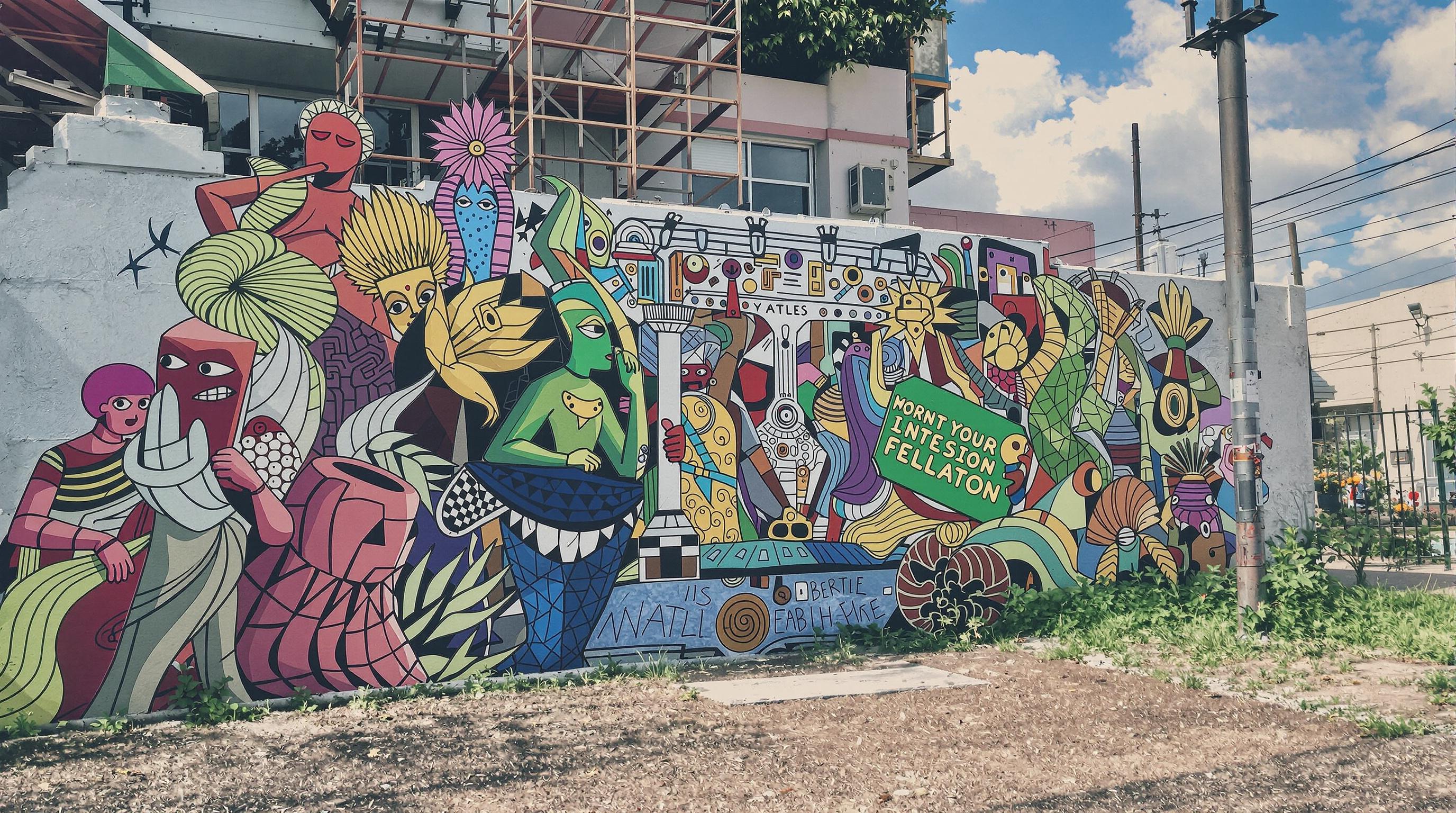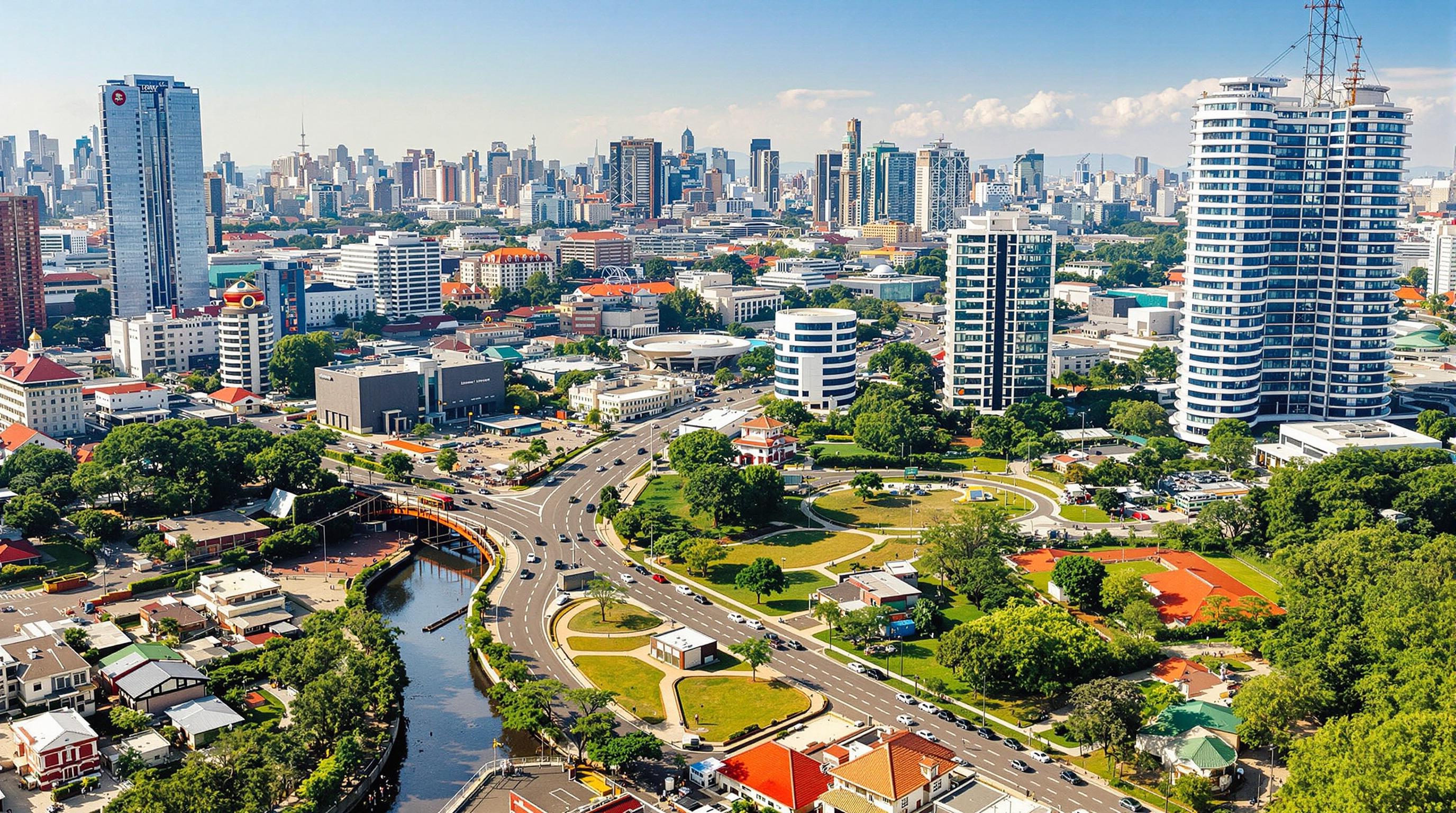Related Articles
- Harnessing Nostalgia: How Memory Mapping Can Inspire Innovative Urban Infrastructure Solutions
- Revealing the Invisible: How Urban Legends Influence Public Perception of Infrastructure Projects
- Whimsical Structures: How Playgrounds Can Inspire Innovative Approaches to Urban Infrastructure Development
- The Enigmatic Impact of Dark Fiber Networks on the Future of Digital Ecosystems and Their Capacity to Scale
- Beyond the Horizon: Exploring the Impact of Cultural Nuances on Global Digital Infrastructure Expansion
- Whispers of the Future: How AI-Driven Edge Computing Redefines Network Resilience and Flexibility
12 Hidden Gems: Uncovering Ancient Wisdom to Revolutionize Modern Infrastructure Management Techniques
12 Hidden Gems: Uncovering Ancient Wisdom to Revolutionize Modern Infrastructure Management Techniques
12 Hidden Gems: Uncovering Ancient Wisdom to Revolutionize Modern Infrastructure Management Techniques
Introduction
In a rapidly evolving technological landscape, the significance of modern infrastructure management cannot be overstated. With growing urban populations and increasingly complex networks, solutions that streamline operations have become indispensable. However, as we forge ahead, an unexpected wellspring of knowledge lies beneath our feet—ancient wisdom.
From the ingenious aqueducts of Rome to the meticulously laid out cities of the Indus Valley, ancient societies ingeniously managed their infrastructure to serve large populations. By studying these practices, modern thinkers can extract valuable insights that apply to contemporary challenges. This article will explore twelve hidden gems of ancient wisdom that can revolutionize modern infrastructure management.
Bridging the gap between the past and present involves not just looking back, but also reevaluating our current practices against historical methods. Integrating this ancient expertise with modern technology may pave the way for a more sustainable and efficient future.
1. The Roman Roads
The Romans were experts in transportation infrastructures, with their vast network of roads facilitating trade and communication across the empire. These roads were built with precision, using layered materials to ensure durability and efficiency. Lessons from this can significantly benefit our modern transportation network.
One key principle featured in Roman road construction is the importance of proper drainage to enhance the road's longevity. By adopting similar techniques, modern roads can maintain their integrity against extreme weather conditions, reducing maintenance costs and enhancing safety.
Moreover, the Roman focus on connectivity can inspire urban planners today. The central idea of creating efficient pathways and transit connections can enhance logistical efficiencies and accessibility, driving economic growth within urban areas.
2. Ancient Water Management in Mesopotamia
The Mesopotamians developed sophisticated irrigation systems that allowed agriculture to thrive in arid regions. Their methods, including the use of canals and reservoirs, can inform modern water management strategies. With the pressure of water scarcity becoming increasingly critical, revisiting these ancient techniques may provide effective solutions.
One of the standout methods was the implementation of decentralized water sourcing, which allowed communities to tap into local water resources sustainably. This model can address contemporary issues of over-reliance on centralized water systems and help distribute resources equitably.
Additionally, using technologies inspired by ancient practices can enhance climate resilience. Incorporating flood management systems that draw on Mesopotamian wisdom can mitigate risks associated with extreme weather events and protect vulnerable populations.
3. Native American Land Management
Native American tribes have long utilized techniques such as controlled burns and crop diversification in their agricultural practices. The principle of caring for the land rather than exploiting it is essential in modern context, particularly as we confront climate change and its fallout.
Implementing fire management strategies can aid in the prevention of uncontrolled wildfires, a growing threat across the globe. Such practices encourage biodiversity and rejuvenate ecosystems, enabling sustainable infrastructure support.
The holistic approach to land that Native Americans advocate emphasizes community involvement and stewardship of resources. This collaborative mindset can transform urban planning and infrastructure development, underscoring the need for inclusive practices that consider local communities.
4. Ancient Egyptian Construction Techniques
The Egyptians mastered building monumental structures that have stood the test of time, employing techniques that demonstrated an understanding of engineering principles. Their framework for labor organization and material procurement can be invaluable lessons for contemporary project management.
Specializing in modular construction using locally sourced materials is one practice to consider. Modular designs can reduce waste and speed up the construction process, making it a viable approach for developing infrastructure in urban settings sustainably.
Additionally, the Egyptian focus on sustainability through durability illustrates the importance of engineering standards. Sustainable materials and techniques will remain crucial as infrastructure faces the challenges linked to environmental degradation and aging populations.
5. Greek Philosophies of Urban Planning
Ancient Greek city-states were carefully designed with concepts such as aesthetics, functionality, and social interaction in mind. Their layouts influenced future cities and can teach modern planners about the importance of integrating spaces that foster community interaction.
The Greeks embraced the concept of public spaces, which are essential for social cohesion and cultural development. By learning from their paradigm, contemporary urban planners can ensure that modern infrastructures are not just for practicality but also for enhancing the quality of life.
Moreover, Greek principles of democracy in governance highlight the significance of public discourse in urban development. Engaging citizens in decision-making can lead to more inclusive and effective infrastructures that serve community needs.
6. Chinese Ancient Road and Bridge Construction
Historical Chinese civilizations pioneered bridge and road construction techniques that improved travel and trade networks. Their innovations, such as the use of suspension systems and cantilever designs, can inform modern infrastructure projects that require high resilience and adaptability.
The emphasis on natural aesthetics in Chinese architecture reminds us of the importance of harmonizing infrastructure with the environment. Integrating natural landscapes into planning can enhance community ties and protect ecosystems that are often overlooked.
Additionally, the ancient Chinese practice of meticulous record-keeping and planning can serve modern project managers. Timely documentation and transparent processes ensure consistency and accountability in large-scale infrastructure projects.
7. The Incan Road System
The Incas built an intricate road system that connected various regions of their empire over harsh mountainous terrain. This method of establishing reliable transportation channels can inspire modern logistic solutions in challenging geographical areas.
The Incan approach included utilizing local materials and labor, promoting community involvement in infrastructure projects. This can lead to job creation and instill pride in local communities, making them active participants in the development process.
In addition, their focus on efficient communication along these pathways is a reminder of the necessity for adaptability in infrastructure. Real-time updates and maintenance options can be envisioned through technological applications that enhance the flow of information and efficiency.
8. Urban Waste Management in Ancient Rome
Ancient Rome had advanced waste management systems that included the use of public and private latrines, sewage systems, and avenues for waste disposal. These practices can inform current urban waste management strategies, especially in areas facing significant waste challenges.
Implementing early methods of sanitation can aid urban centers in managing waste while minimizing environmental impact. Public awareness and action driven by education are also pivotal in driving community efforts toward cleaner infrastructures.
Moreover, the Romans' attention to public health through cleanliness demonstrates the connection between effective infrastructure and societal well-being. Therefore, the incorporation of health-driven designs within modern urban environments may lead to significant quality-of-life improvements.
9. The Wisdom of Ancient Maritime Navigation
Ancient seafaring cultures utilized celestial navigation techniques that are a testament to human ingenuity. The skillsets they developed in understanding currents, wind patterns, and weather systems can be invaluable for modern logistics and transportation management.
Incorporating intelligent navigation systems can optimize shipping routes, saving time and resources. As global trade continues to expand, these navigation insights can help streamline operations and minimize environmental footprints.
Furthermore, the adaptability shown by these communities underscores the importance of innovation in infrastructure. As weather patterns become more unpredictable due to climate change, being attuned to environmental shifts will be crucial for future infrastructure resilience.
10. Conclusion: Embracing Ancient Insights
Revisiting ancient wisdom provides us a wealth of knowledge applicable to modern infrastructure challenges. As we've explored these hidden gems, it becomes evident that the timeless principles of sustainability, community engagement, and resilience are as relevant today as they were in previous civilizations.
The integration of these ancient techniques with contemporary technologies can potentially lighten the load on strained urban infrastructures and create a blueprint for future developments. By adopting proven methodologies, we gain a new perspective on solving current and future challenges.
Ultimately, it’s about fostering a synergy between the past and the present. As we look to the future of infrastructure management, embracing our heritage may be the key to creating more sustainable and efficient urban environments.




